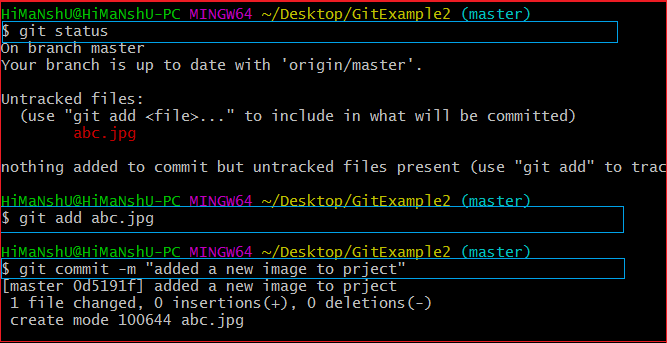
This is where you will experiment no the Github branch.

Make some changes to a file and review the changes git status This is how you can use an iterative process with both Github and Heroku at the same time. The net effect is isolated, easier-to-organize sprints within a team.

In a previous post, I wrote about how you can use the concept of branches in order to create small, byte-sized sprints. Publish to Github's master branch git push github master git remote add github check that you added Github correctly git remote -v Merge the master of a Github repo to the Heroku master repo in order to keep keep things nicely organized. Although this seems like a lot of steps, it's a very healthy way to keep your team working continuously.
GIT ADD REMOTE FOR HEROKU CODE
The idea is to first write your code on your local computer, then publish your local work to a branch on Github, then merge that branch into your Github master, then publish the Github master to Heroku master. For example, heroku git:remote -r heroku-dev -a heroku-dev-app will make the heroku-dev remote. One good way of doing this is using Github with Heroku. If you're planning to use Heroku as your primary web server, then you probably want to create a layer of separation between the code your working on locally, the code your submitting to Git and the code you see on the live website. Review all the releases on Heroku heroku releases Revert the live push to Heroku heroku rollback Review where you are hosting remote repos git remote
GIT ADD REMOTE FOR HEROKU PLUS
Below are a few helpful commands plus a better process for app development. $ git remote add win32 git://example.Heroku uses Git for version control and collaborative coding. Create a requirements.txt, setup.sh, and Procfile Files The next step is to create three important files the requirements.txt, setup.sh, and Procfile. You can actually track more than one remote repository using git remote. git push -u origin master The link in this command git remote add master can be found here: 2. Now, if you look at your local branches, this is what you'll see: $ git branch You’ll see both the origin and Heroku remote branches. You can confirm this by typing Git remote -v.

All you need is your Heroku app’s name: heroku git:remote -a example-app set git remote heroku to Rename a Remote.
GIT ADD REMOTE FOR HEROKU INSTALL
Step 1: Download and Install Heroku CLI Download link. As the previous line tells you, the branch is being set up to track the remote branch, which usually means the origin/branch_name branch. As you may have noticed in the command line, Heroku also creates a git repository for your application. Add a remote to your local repository with the heroku git:remote command. heroku:login creates a new app git init Initialize a git repository in a new or existing directory git:add:all push heroku project to master open. This guide assumes an existing code base with git configuration. To push a specific commit, specify the commit SHA in step 4. You can then also add your production app to your local repo by doing heroku git:remote -r heroku-prod -a heroku-prod-app. Here, "new branch" simply means that the branch is taken from the index and created locally for you. For example, heroku git:remote -r heroku-dev -a heroku-dev-app will make the heroku-dev remote. You have created a new repository, added a few commits to it, and now you are trying to pull from a remote repository that already has some commits of its own. If you just want to take a quick peek at an upstream branch, you can check it out directly: $ git checkout origin/experimentalīut if you want to work on that branch, you'll need to create a local tracking branch which is done automatically by: $ git checkout experimentalĪnd you will see Branch experimental set up to track remote branch experimental from origin. 1 If you have an existing project and you need to work on it from a different computer, you can add the Heroku remote with the following command: heroku git:remote -a someappname This assumes that you have the heroku CLI toolbelt installed. Next, look at the local branches in your repository: $ git branchīut there are other branches hiding in your repository! You can see these using the -a flag: $ git branch -a A Heroku app is basically a Git remote repository coupled with a URL where your application will be visible to the world. First, clone a remote Git repository and cd into it: $ git clone git:///myproject


 0 kommentar(er)
0 kommentar(er)
